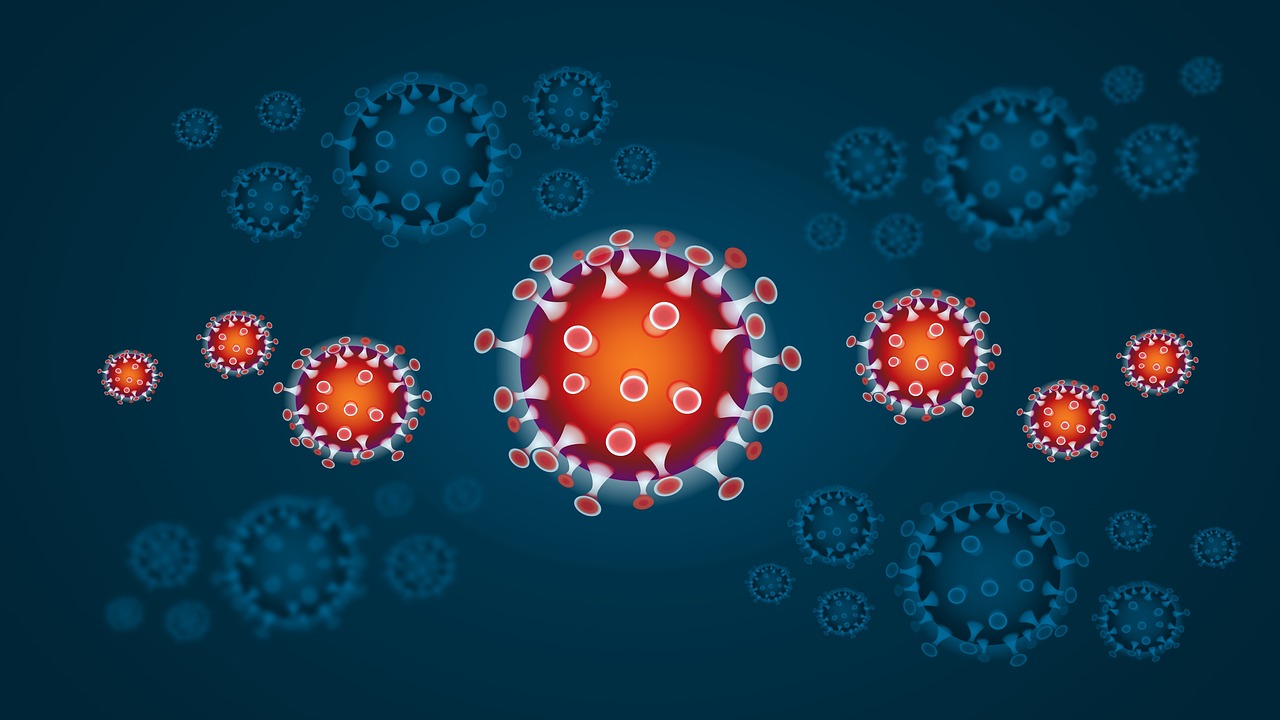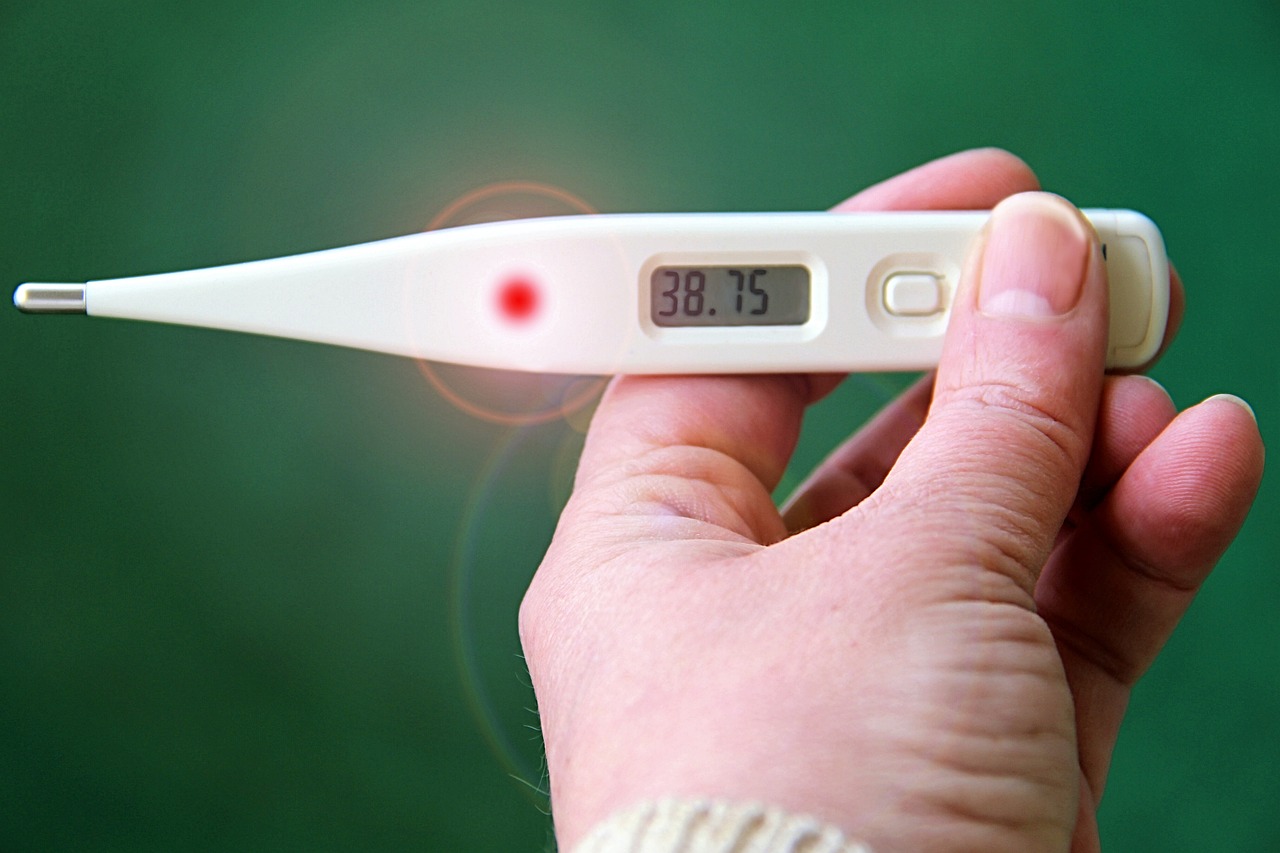It directly threatens life and health. Your suspected sepsis symptoms should be consulted immediately with your doctor. Prompt medical attention can save your life.
Adults, adolescents, and children – sepsis can occur regardless of age. Children are more vulnerable. However, you can protect them and yourself from sepsis. The most important is prevention and quick response to the first sepsis symptoms. Around the world, sepsis contributes to the deaths of many people. Sepsis is, therefore, an essential public health and medical society problem. The causes of sepsis can be various. But all have to do with the deterioration of the patient’s health.
Sepsis stages
Sepsis is divided into various stages that differentiate the level of severity. Three characters of sepsis are distinguished, and sometimes an additional syndrome is distinguished, where the cause of its occurrence is not known or does not have an infectious basis.

Systemic inflammatory response syndrome (SIRS)
Systemic inflammatory response syndrome (SIRS) – is a generalized inflammatory process of the body. The term is associated with sepsis. It was brought to describe the known clinical sepsis syndrome, regardless of its cause. SIRS is indicated where the cause of inflammation in the body is non-infectious. On the other hand, a syndrome of symptoms is called sepsis when some infection is detected. The syndrome has been envisioned as a continuum of worsening inflammation. The first san is, therefore, SIRS, which evolves from sepsis to severe sepsis and septic shock.
Sepsis
Sepsis – it is a mild and least severe character of sepsis symptoms. It is called infection accompanying the generalized inflammatory response syndrome (SIRS). Its cause is the onset of bacterial, viral, or fungal infection. The presence of specific symptoms distinguishes sepsis. The sooner sepsis treatment is implemented, the better the results will be. In later states of sepsis, health is compromised and the risk of death is high.
Severe sepsis
Severe sepsis – it is another condition of sepsis associated with greater danger and additional symptoms. In its course, signs of internal organ failure are noted. When blood flow through tissue and organs decreases during sepsis, it causes the organs to be unable to work correctly. Severe sepsis is therefore a character of sepsis that has caused hypoperfusion (reduced blood flow). And this process causes organ dysfunction.
Septic shock
Septic shock – this condition is the most severe form of sepsis. It progresses with hypotension (lowering blood pressure), which fluid transfusion cannot control. Septic shock can be treated, but the effectiveness of the therapy is all about timing and noticing symptoms quickly. Septic shock is rare, but attention is drawn to the high mortality rate of this condition. It is the most dangerous complication of sepsis.
Infectious and non-infectious causes of sepsis
Many microorganisms exist in the environment. Including bacteria, fungi, and viruses. However, only some people’s contact with pathogens immediately causes an infection. The human body can defend itself, and the immune system performs this role.
But the immune system can also react incorrectly and harm a person. Excessive numbers of microorganisms affect the intensity of infection, and the immune system reacts too strongly. This reaction causes the symptoms of sepsis. The causes are various types of illness or non-infectious reasons.
Infectious causes of sepsis
- Bacterial
- Fungal
- Viral
Bacteria produce toxins, which are most often responsible for developing sepsis. In some cases, fungi or parasites are involved. Very rarely viruses. When an infection causes sepsis, it is a dangerous condition for the body, and Multi-organ failure is possible, which ultimately causes death.
Bacteremia – it is a condition in which bacteria in the blood rapidly multiply, to which the body reacts strongly. It causes the breakdown of microbial cells, and the amount of toxins in the body increases. Untreated bacteremia can lead to the most severe form of sepsis (septic shock).

Non-infectious causes of sepsis (SIRS)
Sepsis can result from a course of infection. But non-infectious factors can also be the cause, and such reasons are distinguished in the pre-sepsis state of SIRS. Various factors can cause systemic inflammatory response syndrome.
- Burns
- Injuries
- Reaction to drugs
- Autoimmune disease
- Foreign body
- Heat stroke
- Ischemic necrosis
Non-infectious factors are responsible for developing SIRS generalized inflammatory response syndrome, which can cause sepsis and its severe characteristics. The causes of SIRS are many, and the most common reasons are listed above.
Sepsis symptoms
The set of sepsis symptoms can be various. Depending on the agent that caused the sepsis and concomitant diseases. The initial signs of sepsis can be similar to different conditions, such as the flu. However, it should be of concern that sepsis symptoms usually develop at a very rapid pace.
Sepsis symptoms:
- High fever
- Low body temperature
- Chills
- Weakness
- Diarrhea
- Vomiting
- Accelerated breathing
- Accelerated heart rate
- Pain in the extremities
- Redness of the skin

Sepsis is difficult to diagnose. Nonspecific sepsis symptoms such as fever, headache, and weakness appear initially. Attention should be paid to the patient’s sensation of fever, as with sepsis, it is often an interchangeable sensation of hot and cold – the body temperature can change dramatically from above normal to below normal.
Symptoms such as vomiting, diarrhea, and accelerated breathing should also arouse vigilance. Sepsis patients may have difficulty catching their breath and find this essential activity difficult. Accelerated breathing and heart rate are very characteristic symptoms of sepsis worth noting.
Next common symptom is an accelerated heartbeat that does not stop. Due to unpleasant symptoms and exhaustion, sepsis patients may also be more irritable and confused. When sepsis develops, severe sepsis manifests itself with increased intensity of these symptoms. With septic shock, symptoms related to the gastrointestinal tract can significantly activate (lactic acidosis occurs).
Another characteristic symptom is reddening of the skin, which may resemble a rash. The critical thing to notice is that the redness does not change color under pressure. Thus, this happens because micro clots form in the vessels, which impede blood flow to the tissues. The skin should become paler under pressure, and in the case of septic redness it does not happen.
Risk of sepsis
The risk of sepsis symptoms increases during a hospital stay. It may seem irrational. But this correlation is related to the fact that sepsis most often occurs in hospitalized patients. Such patients are in hospitals because of their existing diseases, which affect weakness and the possibility of infection. Therefore, those at higher risk of sepsis are:
- People who have undergone surgery
- People who are mechanically ventilated
- People who are on long-term antibiotic therapy
- People who are experiencing long-term chemotherapy
- People with attached catheters and venflons
- People with chronic illnesses
There are many risk factors for sepsis. In particular, it is hospital conditions. These factors lower patients’ immunity, which makes it easier for microorganisms to enter and spread through their bodies. In hospitals, people risk contracting bacteria—for example, staphylococci.

Sepsis diagnosis
It is complicated to recognize the varied and nonspecific sepsis symptoms. Sepsis is diagnosed based on clinical signs, which should be confirmed by laboratory and possibly imaging results.
- Blood test
- Latex tests
- Urine examination
- Examination of respiratory secretions
- X-ray examinations
- Ultrasound examination
- Computed tomography
Getting the correct tests done quickly is crucial. Therefore, the wait for blood results can be too long-term for patients with sepsis. The doctor usually takes a history and tries to determine the cause of the symptoms. Based on this, he orders the best-suited tests. An essential part of the diagnosis is distinguishing sepsis from different disease entities. For example, the general sepsis symptoms may also suggest pneumonia.
Sepsis treatment
Sepsis is treatable only after a proper and fast diagnosis. The syndrome of symptoms can progress very rapidly, so great attention is paid to the importance of time. Patients diagnosed with sepsis should be hospitalized right away.
Treatment of sepsis is most often based on antibiotic therapy. Medications to control symptoms are also often necessary, as developing sepsis causes many complications and health problems. Usually, treatment is already started when sepsis is suspected, without waiting for test results. Thus, this is because of the importance of time; even minutes can affect the effectiveness of treatment.
In some cases, surgery is also needed to eliminate the infection. However, it is done only in severe cases where non-invasive treatment is insufficient. Treatment of sepsis can be lengthy. When sepsis develops, and organ damage occurs, subsequent rehabilitation is necessary. After sepsis, the body is significantly weakened, and patients recover long-term.

Sepsis prevention
Sepsis is a set of symptoms that poses a serious threat to health and life. The greatest danger is posed by the rapidity of the progression of symptoms, which leads to organ destruction. The immune response is hard to control. Therefore, prevention is essential. The latest medical possibilities allow us to vaccinate against sepsis.
Vaccination is very effective. Knowledge about sepsis still needs to be improved. Education about sepsis is then important for the general welfare of society. Many people do not even know about the vaccination. Also, knowing the sepsis symptoms is a crucial aspect of prevention. When people can quickly recognize the signs, it can save their lives.
Summary
Sepsis is not a disease but a set of symptoms that are the body’s violent reaction to infection. Sepsis has various stages that indicate severity and danger. Septic shock is the most dangerous characteristic of sepsis, during which there are many complications. Sepsis and septic shock are an immediate threat to life due to the progressive failure of organs – liver, lungs, kidneys, or heart—many cases of sepsis end in death.
Symptoms of sepsis are various, but noticing them is crucial because a fast response is significant. Sepsis develops rapidly, so quick medical intervention can save lives. Sepsis often occurs in hospitals. Patients with various diseases have weaker immune systems. It makes them more vulnerable to sepsis. Multiple tests and examinations can diagnose sepsis. It is usually treated with antibiotics, which stop the further spread of microorganisms and toxins. There are vaccinations against sepsis to reduce the risk. Also, knowing the symptoms is vital to protecting patients from sepsis.
Sources
- Tom van der Poll, Manu Shankar-Hari, W. Joost Wiersinga (2021). The immunology of sepsis.
https://www.sciencedirect.com/science/article/pii/S1074761321004490 - Gizem Polat, Rustem Anil Ugan, Elif Cadirci, Zekai Halici (2017). Sepsis and Septic Shock: Current Treatment Strategies and New Approaches.
https://www.ncbi.nlm.nih.gov/pmc/articles/PMC5389495/ - Florian B Mayr, Sachin Yende, Derek C Angus (2013). Epidemiology of severe sepsis.
https://www.tandfonline.com/doi/full/10.4161/viru.27372 - María Luisa Martínez, Erika P. Plata-Menchaca, Juan Carlos Ruiz-Rodríguez, Ricard Ferrer (2020). An approach to antibiotic treatment in patients with sepsis.
https://www.ncbi.nlm.nih.gov/pmc/articles/PMC7139065/ - J. Hawiger, R.A. Veach, J. Zienkiewicz (2015). New paradigms in sepsis: from prevention to protection of failing microcirculation.
https://www.sciencedirect.com/science/article/pii/S1538783622084082















